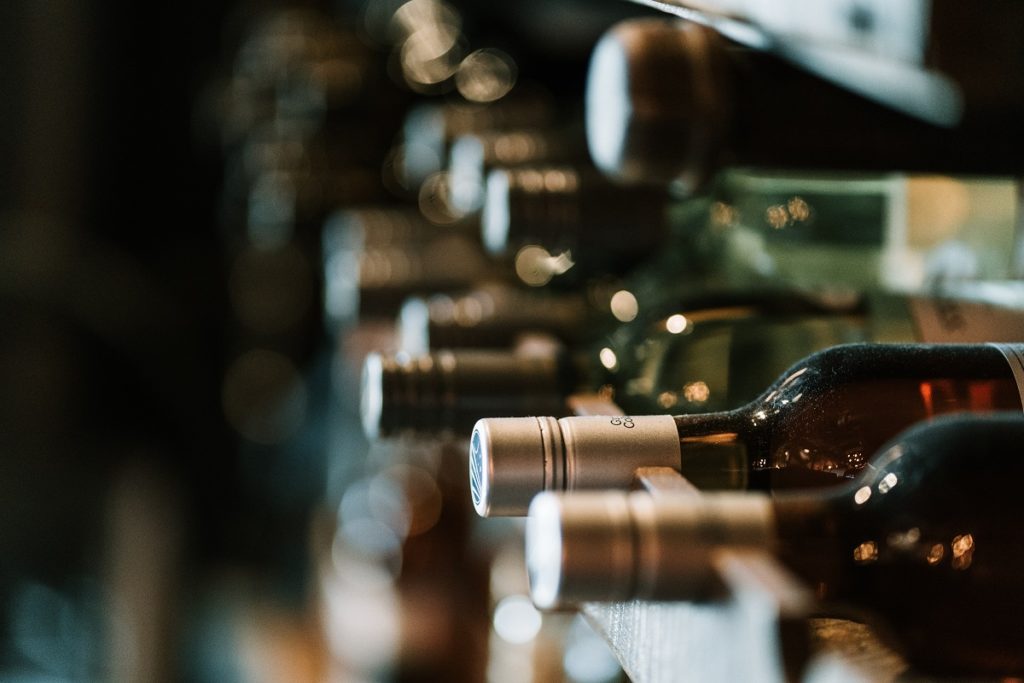Go to any fancy restaurant, check out their wine list, and weep. Yes, that’s exactly how much a good bottle of wine costs nowadays, and no, it’s not overpriced. There are a ton of factors that go into the price of a wine, and we break down some of the simplest reasons:
It Simply Tastes Better
The longer a wine stays in the barrel, the better it tastes. That’s because, as time goes on, the amber liquid absorbs more flavors and aromas from its casks, which is why the way wine is aged is so important for connoisseurs.
Different wines have different aging times: most white wines typically take 2 to 3 years, while red wines take about 10. However, chardonnays usually take about 3 to 5 years to age, while a French Chardonnay from Burgundy might take around 15 years to mature.
Other than the casks, aged wine, the ones that spend a decade or more aging in cellars, tastes better because of a set of chemical reactions involving the acids, the sugars, and substances called phenolic compounds (which contains flavonoids and tannins). It’s the phenolic compounds that give aged wine their rich, complex flavors that can’t be duplicated by non-aged wines.
There’s Less of It to Go Around
Some wines are expensive simply because of how rare it is. Rare vintages, that is, bottles of wine that use a specific type of grapes from a specific region during a specific time that gives it a unique flavor. Usually, these rare wines are 50+ years old and, depending on the external factors that helped shape the unique flavor of the wine, can no longer be replicated.
Or it could simply be a case of supply and demand: aged wines take decades to create, so whatever stock of vintage a supplier has is very much limited. This means that, as word spreads on how good a particular vintage is, the less there is to go around, which means wine makers and producers can place a huge premium on their bottles.
Of course, rare wines with limited bottles doesn’t necessarily mean that the wine tastes like ambrosia, but given the circumstances of their limitations, it’s even rarer to find a century-old vintage bottle that tastes mediocre.
They Cost More to Make

Making wine isn’t just about letting a bunch of grapes ferment in some wooden cask: distilleries have to be taken into account, fermentation tanks, high-quality bottles, cellars, and many more. And that’s not even taking into account the labor costs of the grape harvesters, sorters, brewers, mechanics, marketers, and sommeliers who taste the wine for quality control.
All of these factors go into the price of a wine, and older, rarer vintages need a lot more care than dollar-store booze. Rare vintages need temperature controlled cellars, specially designed bottles, carefully curated casks, sanitation equipment, UV lights, and a whole host of specialized equipment that ensures the wine is suspended in the same conditions that it was bottled in in the first place.
Given all of these, however, a cheap wine doesn’t necessarily mean it’s not good: in fact, there are tons of $8 to $10 wines out there that can hold its own against a $500 bottle of Cabernet-Sauvignon that was bottled at the beginning of the century, but those instances, just like some wines, are very, very rare.

